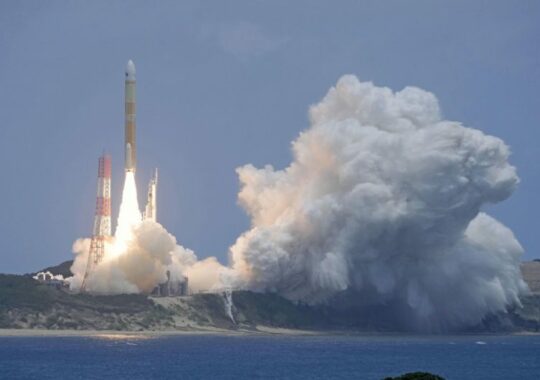Water is necessary for life.
This straightforward fact has led astronomers and astrobiologists to naturally concentrate their efforts on finding exoplanets that may contain liquid oceans. In addition to being below a planet’s surface, where internal heat sources can support flowing, underground seas, liquid water can also live on a planet’s surface where direct heat from its host star can prevent the material from freezing.
NASA has conducted a new analysis that suggests 17 exoplanets that have been found may have subterranean oceans hidden beneath vast ice sheets. Therefore, these worlds may be potential sites to look for biosignatures, or chemical evidence of life, similar to Jupiter’s ice moons.
Although the precise makeup of these worlds is yet unknown, estimates from earlier research indicate that their surface temperatures are much lower than Earth’s. Even though they are about the same size as Earth, they are all less dense than our planet.
According to Lynnae Quick of NASA’s Goddard Space Flight Center, “Our analyses predict that these 17 worlds may have ice-covered surfaces but receive enough internal heating from the decay of radioactive elements and tidal forces from their host stars to maintain internal oceans.”
Put another way, these planets might have processes that can produce heat below the surface, even though their host stars might not provide temperatures warm enough to maintain liquid water on their surfaces. An ocean beneath the surface of a planet may be supported by the substantial amounts of internal heat produced by the stretching and compression of rock inside the planet during gravitational interactions with its “sun,” for example. Additionally, a planet’s core radioactive decay of heavy elements can produce inherent heat.
“All of the planets in our study could potentially exhibit cryovolcanic eruptions in the form of geyser-like plumes due to the amount of internal heating they undergo,” Quick explained. Cryovolcanism is the technical term for ice volcanoes.
The research relies upon data from the geyser activity of Europa and Enceladus, two of Jupiter’s moons. Proxima Centauri b and LHS1140 b, two of the exoplanets identified in the study, were especially good prospects for having oceans somewhat close to the surface.
“Since our models predict that oceans could be found relatively close to the surfaces of Proxima Centauri b and LHS 1140 b, and their rate of geyser activity could exceed Europa’s by hundreds to thousands of times, telescopes are most likely to detect geological activity on these planets,” Quick stated.
Astronomers observing these worlds in the future will probably record the emission spectra of light passing through the atmospheres of these planets. Cryovolcanic activity released chemicals and compounds into the atmosphere, which may include information about the possibility of life existing in the icy, dark depths of these worlds.
The Astrophysical Journal released the research in October.





